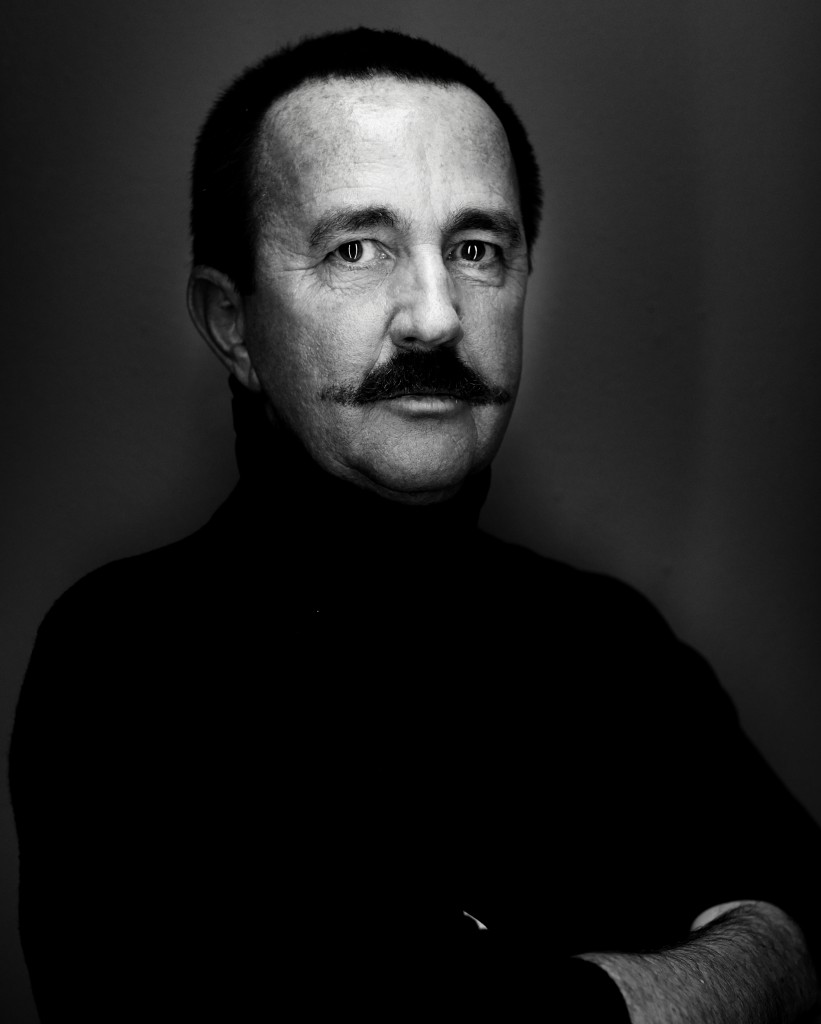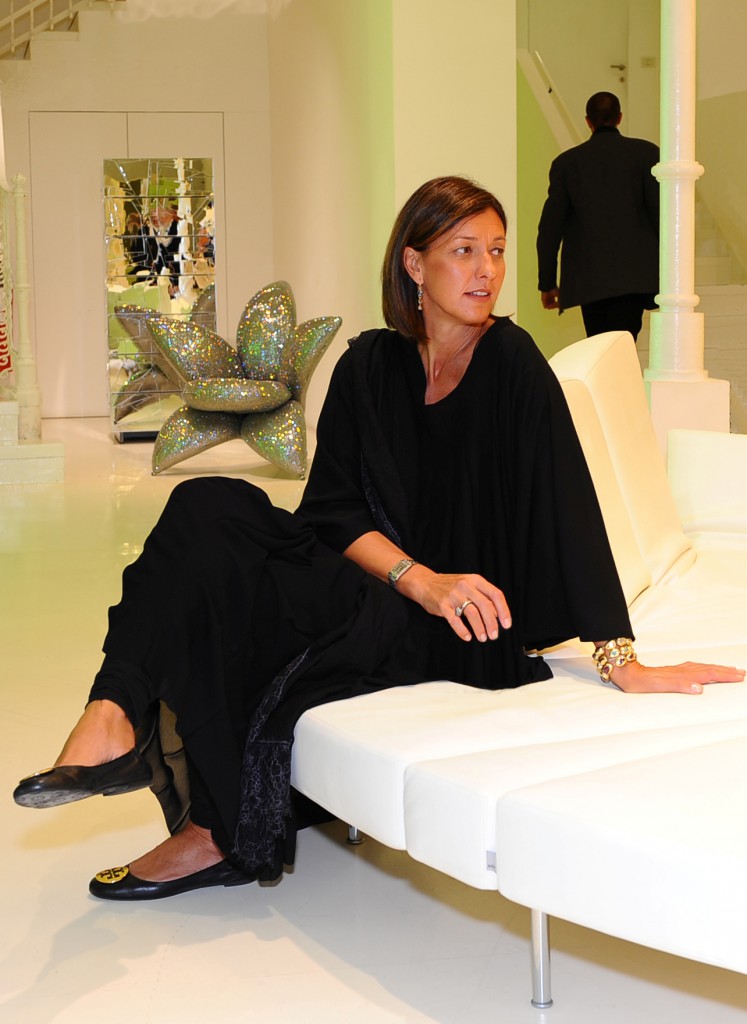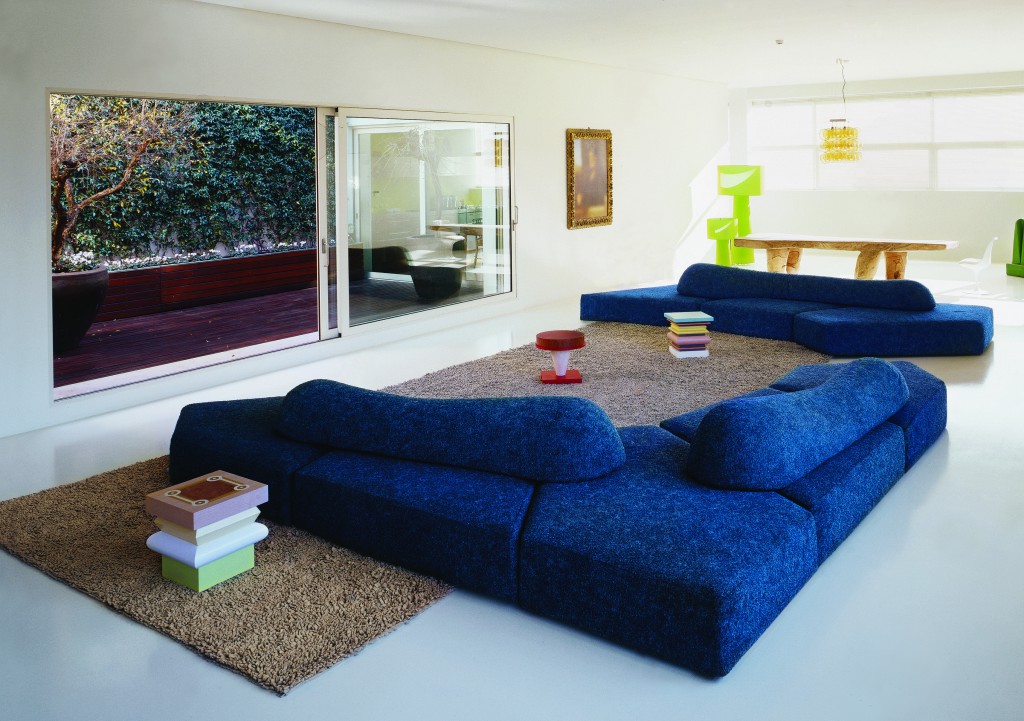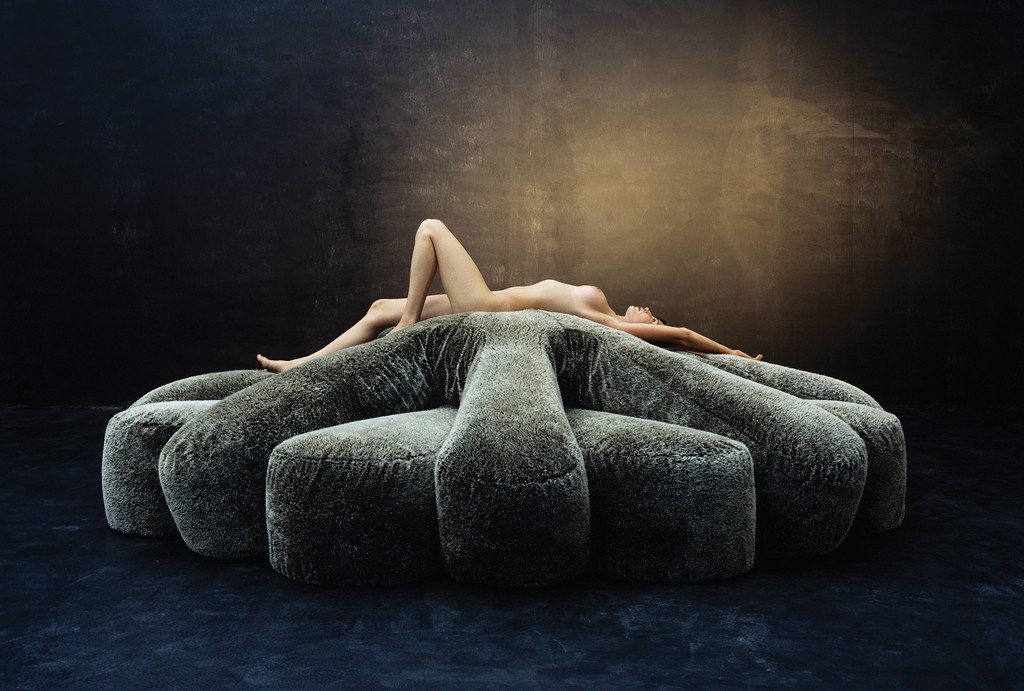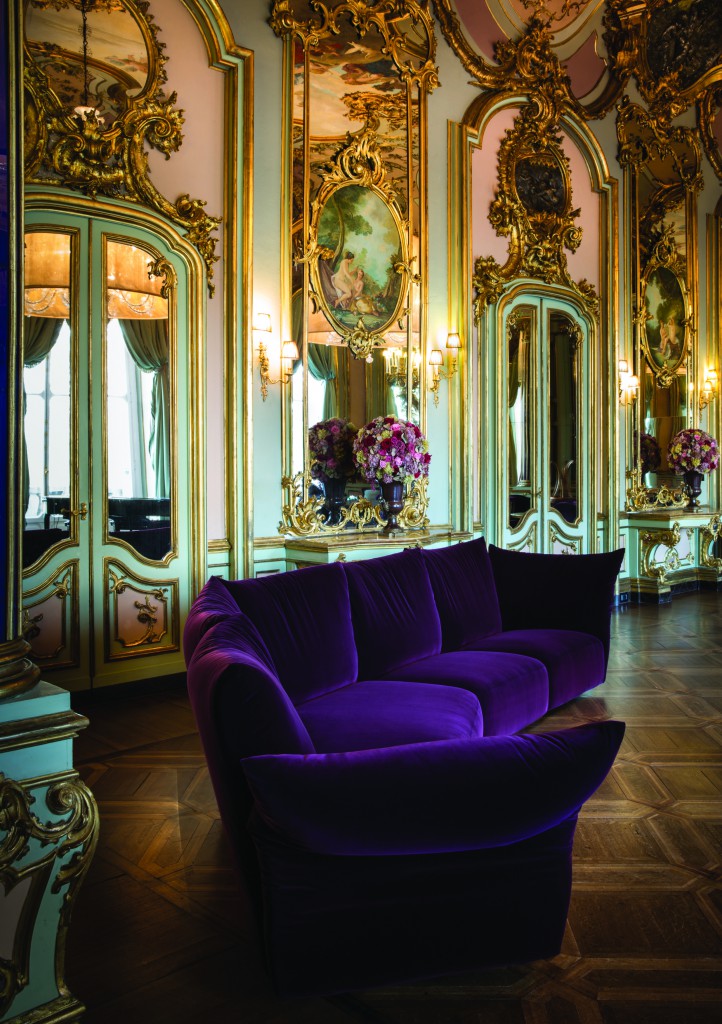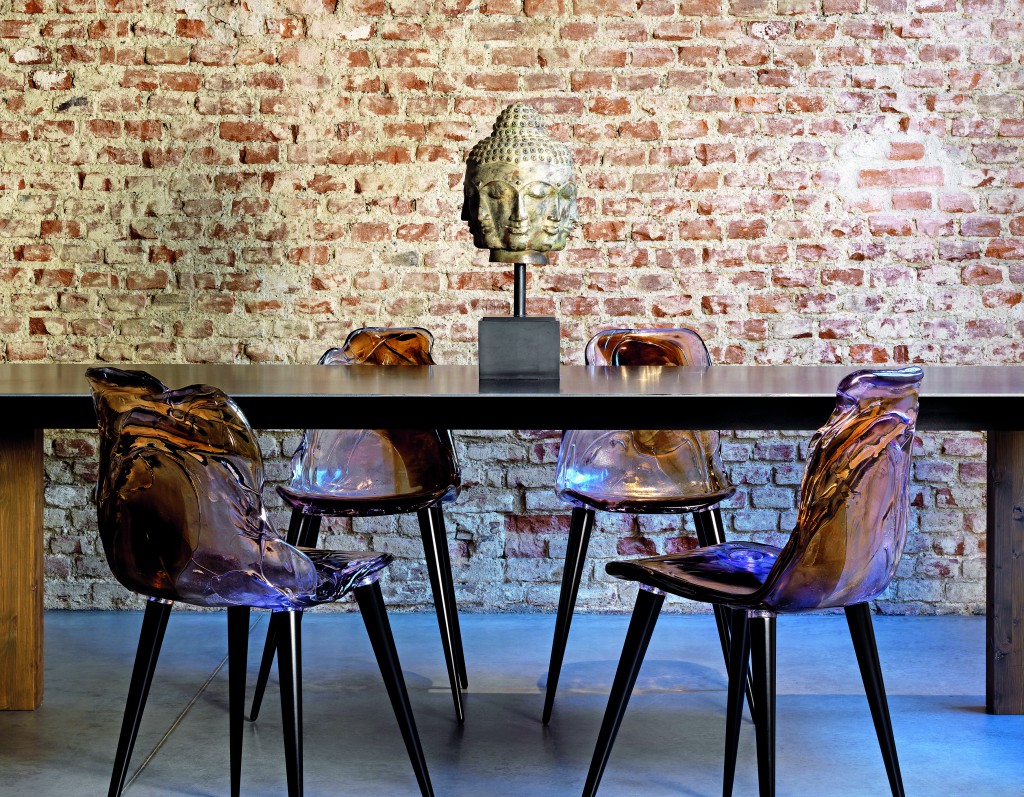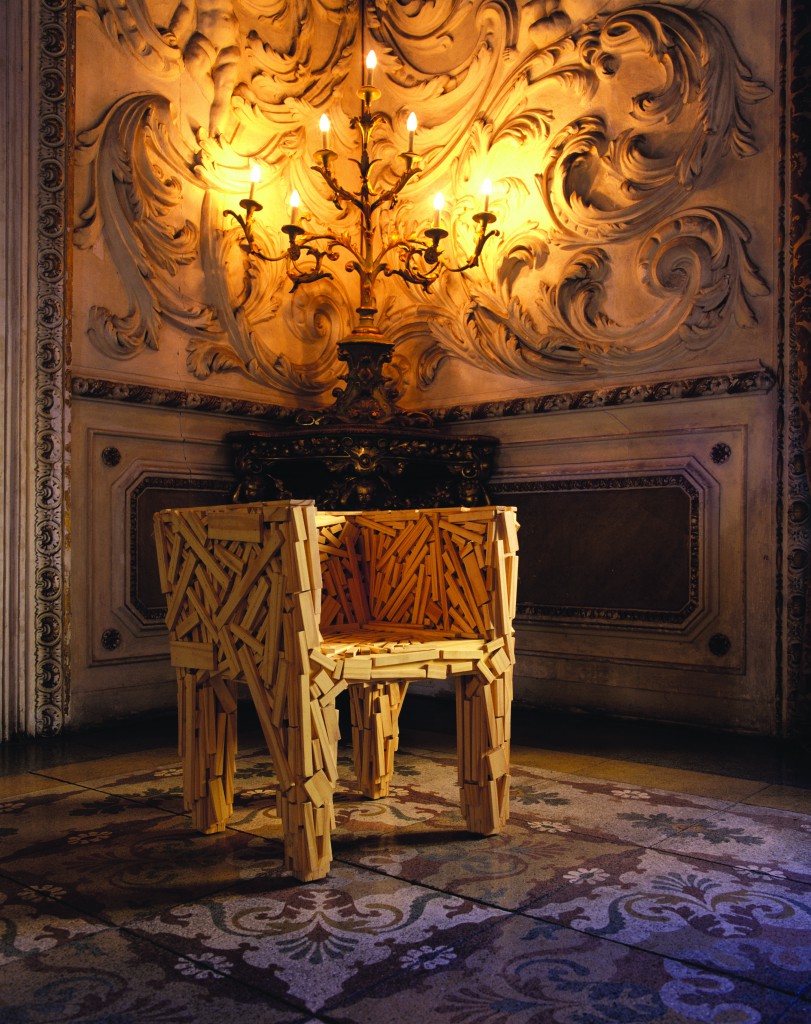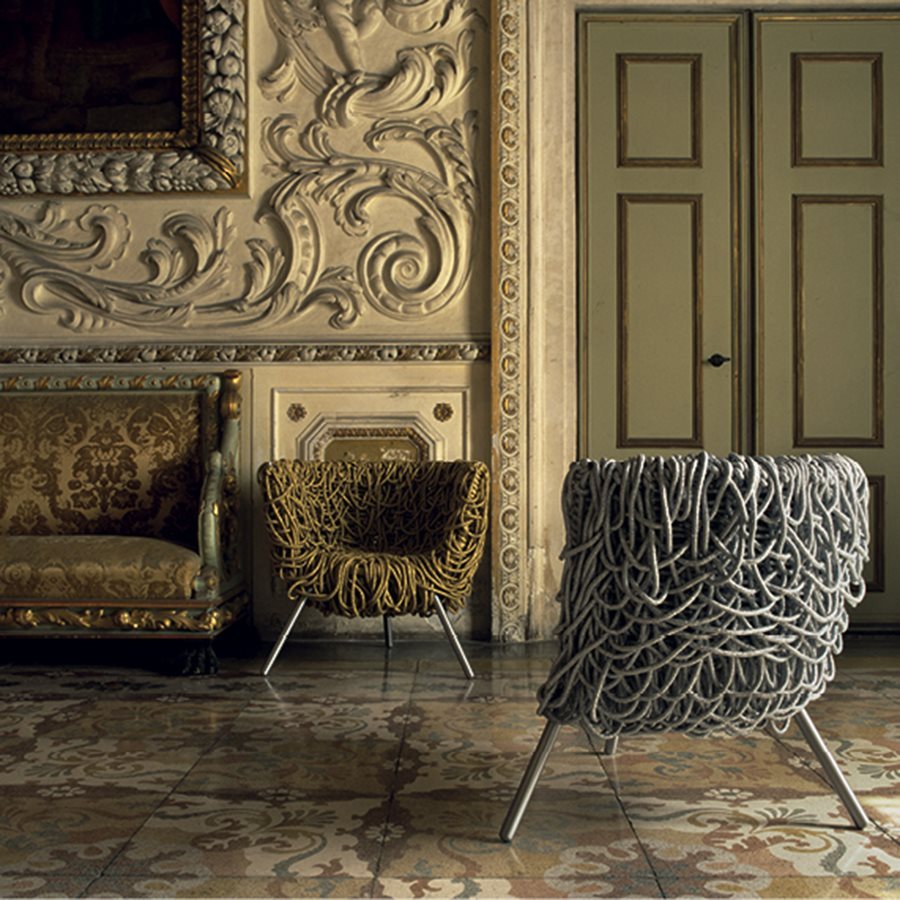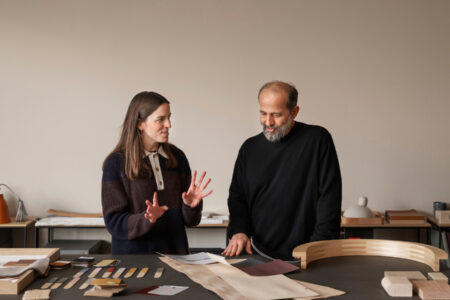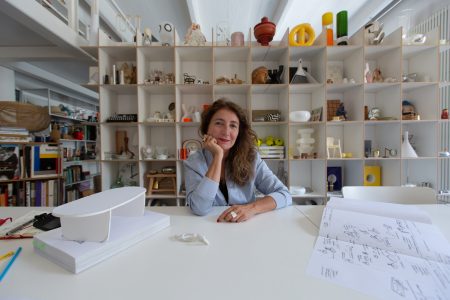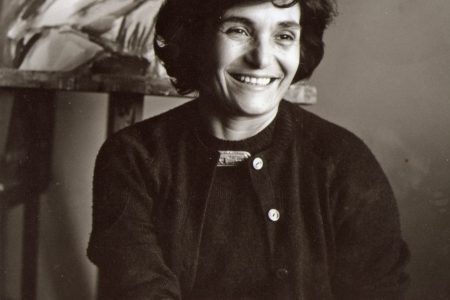Edra: Exedra
Edra takes its name from the Greek word exedra, meaning “a seat out of doors.” The term describes a circular bench structure designed for conversations and gatherings. Tucked away amongst Tuscany’s hills and valleys near Pisa, Edra’s offices sit to the south of the major Italian fashion houses in Brianza, farther north in Lombardy’s Alpine foothills. For close to 30 years, Edra has turned designed history clichés on their head, creating icons that bring together the latest technologies with highly experimental craftsmanship. Siblings Valerio and Monica Mazzei have thrown themselves into their family company, using their passion and expertise to transform traditions and bring out the very best in Italian design.
Since 1987, Edra’s avant-garde design has been driven by technology, craftsmanship, applied research in materials and the values of comfort and universality. Valerio and his sister Monica have carried on the family tradition of the company created in 1949. Early on, they hired Massimo Morozzi to serve as the art director, a position he kept until his recent passing. His “Paessagi Italiani” remain iconic. Thanks to his cultural guidance, the last three decades at Edra have been full of bold experiments. Oftentimes, the company is imagined as a woman, la Edra, who gives birth to each unique creation. The company’s unusual culture shines through in everything it produces. Edra invites architects and collectors to embark with them on a journey through a new space-time paradigm in private and public spaces. MoMA’s Director of R&D, Paola Antonelli, has talked about a “tropical modernity.” Edra evokes this island mentality in its “Garden of Delights/Tropical Garden” project, inviting visitors into its magical land without ever revealing its secrets.
As an unconventional company eager to find new talents, Edra struck gold in 1987 when the Marconi gallery exhibited Massimo Morozzi’s first collection, “I Nuovissimi,” the result of workshops held by the designer at the Domus Academy in Milan. Numerous furniture collaborations followed, bringing in designers from the far corners of the earth. Among them Maarten Kusters’ Non Stop sofa, Mario Cananzi & Roberto Semprini’s Tatlin chair, Alessandro Mendini’s Island sofa and Masanori Umeda’s Flowers, Getsuen, and Soshun seats. All of these creations went on to become design icons. The late Zaha Hadid completed her first industrial design collection with Edra in 1988, featuring the Navy, Woush and Red sofas in addition to the sculptural Metal Carpet, made from organic glass.
Integral, Structural Design
With Francesco Binfaré’s arrival, Edra hit another turning point, which led the company to rethink sofa configuration. Binfaré had previously worked closely with Vico Magistretti at Cassina to design a new aesthetic, as illustrated by the Maralunga sofa. Binfaré then took his innovative approach to sofa design one step further, rethinking design’s very mechanisms. Thus he created L’Homme et la Femme in 1993, On the Rocks in 2010 and Sfatto in 2011. Another sofa, Flap, uses tubular steel to form a sinuous shape designed to accommodate individual body types and ergonomic needs. On the Rocks, which drew its inspiration from seaside observations, has a more sensual silhouette thanks to its 3D textiles and flexible, adjustable backs. The revolution continues with the Standard, which consists of flexible “smart” pillows that Binfaré struck upon after 20 years of research. L’Absolu takes the versatility of Standard to the next
level with more irregular shapes and luxurious covers available in velvet or chenille. These creations owe their singularity to Edra’s patented Gellyfoam® foam padding mixture.
Handcrafted Design Meets Art and Technology
Sofà Gran Khan by Binfaré and the Grinza armchairs by the Campana brothers take the tactile experience even further. The armchairs are made from thick leather that is carefully selected by Monica Mazzei. She is the person chiefly responsible for perfecting the designs and choosing the highest quality fabrics to cover the sofas. These coverings range from matte and shiny fabrics to velvets, soft mixtures of cotton, polyester and viscose and materials created through collaborations with companies like Swarovski, in the case of Flap. She explains, “Edra works with structured fabrics. They have body, flexibility and structure to them, which allows for a full, 3D, tactile, sensory experience.” Valerio Mazzei adds, “Edra’s pieces are universal and can adapt to different contexts. They are pieces of art more than they are pieces of furniture. We make bold creations that mix well with other pieces in any number of interiors. In the end, harmony comes from personality and personalisation. Our sofas and chairs are able to be site-specific.
You can see this with the Campanas’ Leatherworks chairs at the Castello di Ama, which enter into conversation with the works of Louise Bourgeois and Michelangelo Pistoletto in a space that blends contemporary pieces together with paintings in the grand rooms of the Chianti vineyard property. Another example of this can be found at the restaurant and café at the Musée d’Orsay in Paris.” During our visit to Edra’s offices and showroom, rather than suggesting we visit the company’s workshops, the Mazzeis invited us to discover the manufacturing processes behind such iconic pieces as the Rose chair and the Boa. Each piece is clearly the result of a complex, elaborate process. This is certainly the case with the Vermelha chair, an undisputed icon created in 1998 by the Campana brothers that was featured in MoMa’s “Project 66” exhibition in New York. To make the Vermelha chair, 500 metres of cotton rope are threaded through an aluminium and steel frame and tied into random knots during a 45-hour-long process. Favela is another Campana creation using natural materials: pine inside and teak outside. These chairs require an expertise that is only found in Brazil. Miraggio is a more luxurious series. These mirrors, coffee tables and dressers are made from shimmering methacrylate Coloreflex. For the Campanas, they are yet another reminder of the density and chaos of Brazil’s favelas. Boa is another of the brothers’ surprising creations. 120 metres of velvet-covered polyurethane tubes are set in a tangled, snake-like shape that forms a flexible seat. It is clear from the Campanas’ creations that they share a close complicity with the Mazzeis. In addition to the informal seats, other striking creations have been borne of the creators’ exploration of their imaginations. The Cabana bed uses hand-knotted synthetic raffia veils and the Scrigno containers feature wood lacquered with metal enamel on the inside and methacrylate mirror mosaics on the outside. That’s not even mentioning the creative work that goes into Jenette or Corallo.
A recent addition to Edra’s roster is Jacopo Foggini, who created the free, feminine Ella, Gilda B., Gina and Alice chairs in translucent polycarbonate. With Foggini, Campana and Binfaré on its team, Edra is leaving design banalities behind to show its clients the powerful magic of invention.
